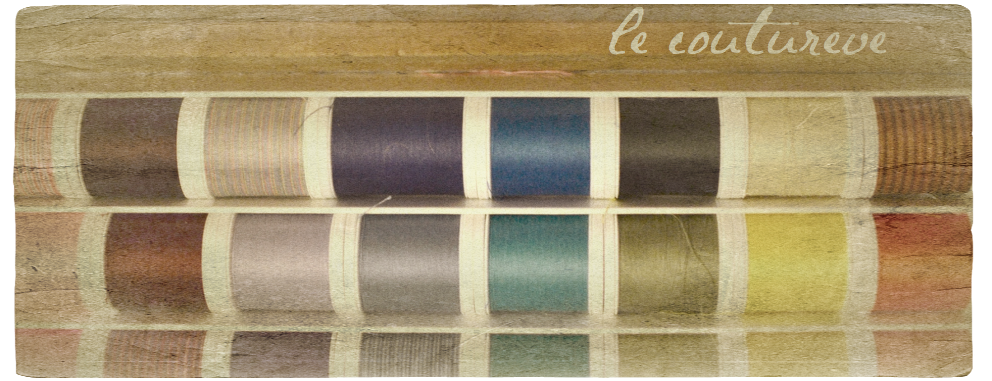Garment miles (and "food miles" in the context of food production) are all about measuring how many miles a garment has travelled to be on your back (or food has travelled to be on your plate). This is done with a view to understanding the environmental effect, and topically, the carbon impact, of those miles travelled.
The primary journeys
In fashion design, the primary journey of the garment to you can be broken down into three parts. First, from the place raw fibre is produced - for natural fibres (or, where the thread is synthesised, for synthetic fibres) - to the place those fibres and threads are woven, knitted or otherwise milled into a fabric. Second, from that place of fabric production to the place the fabric is cut and sewed. Third, from the place the garment is sewed to the shop where you buy it (the distribution).
 |
Farrer, J. RCA, Fraser. K (2008) CONSCIENCE CLOTHING: POLARISATION
OF THE FASHION TEXTILE MARKET: Proceedings of the TIWC Hong Kong 2008 |
So, you see, home sewers are already saving on garment mileage by cutting out (so to speak) the journey from the fabric mill to the garment factory. Eliminating the garment distribution phase. The fabric comes direct to us!
Joan Farrer highlighted the third leg, the journey from the garment factory to you in her study "Conscience Clothing". The carbon emissions were calculated using the
QANTAS carbon calculator. Simply select the place of origin of your garment "Made in ..." and then select your closest city and the carbon emissions are displayed for you.
For all consumers, when you're making the decision to
buy clothes, choosing local not only supports local economies and cultures, it reduces your carbon footprint, too!
But wait there's more...
Additional garment line mileage
By sewing our own, we are saving on the sampling phase. It is a secondary journey, because it occurs once for a clothing collection. And it, therefore, must be divided across all the items in a collection or line. It is the garment sampling process. Garment sampling is comprised of the in-house production of samples by a designer and pattern maker working together as a proof of concept. And it is followed by the off-shore producer recreating the samples before mass-production is approved to commence. The transmission of the patterns themselves can be electronic, eliminating physical mileage. But the samples themselves must be sent back from the off-shore producer to the quality assurance or design team. Click, click. More miles.
Where does your fabric come from?
So are home sewers really making a difference? Admittedly, the fabric is still being distributed to fabric retailers. But there's no trip to and from the garment factory. Each and every saving adds up. Buying local clothing and fabric makes a difference.
Here's some Australian fabric producers:
Standardknit Fabrics
Certton
Both offer a great range of organic fabrics. Do you know some more? I am continuing to research this aspect. And have just discovered
Australian Textile and Fashions magazine and
TextileSource is also an online resource for you to discover some more producers yourself!
See also -
100 mile projects: A
100 mile diet, that in-turn inspired a
100-mile sustainable clothing project (albeit a
controversial one) are pioneering initiatives highlighting the many benefits (and challenges) of sourcing locally.
















































